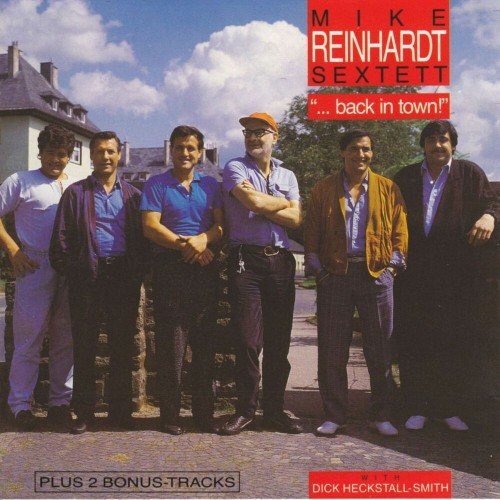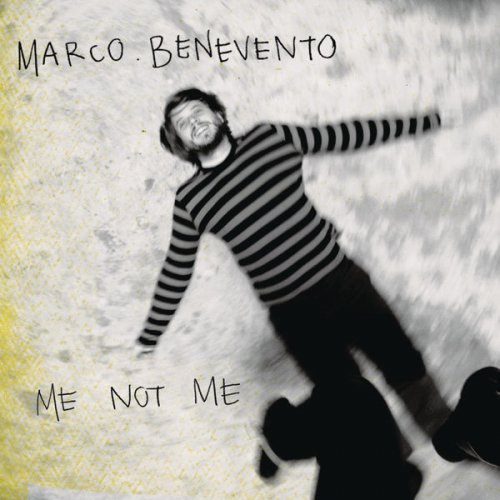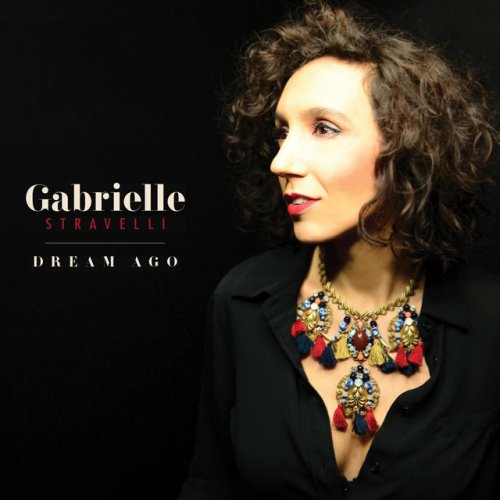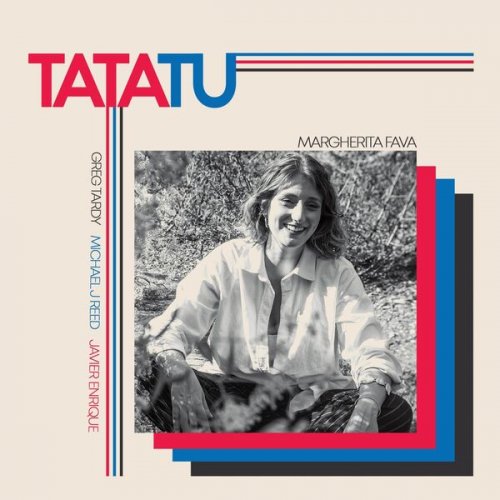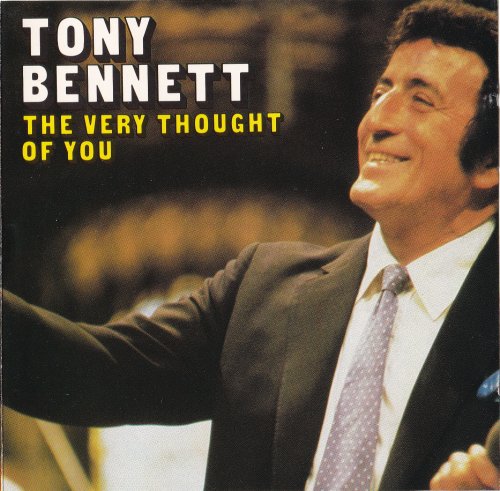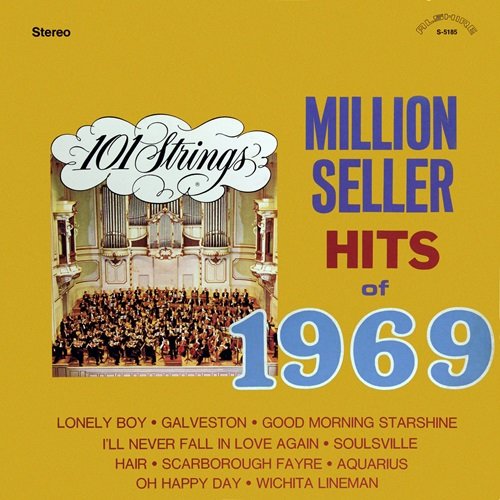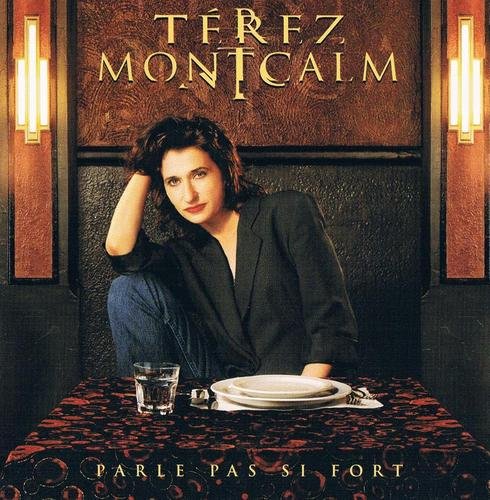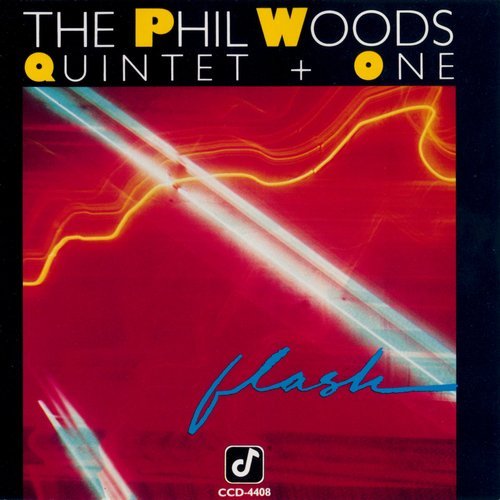Kurt Elling - Flirting With Twilight (2001)
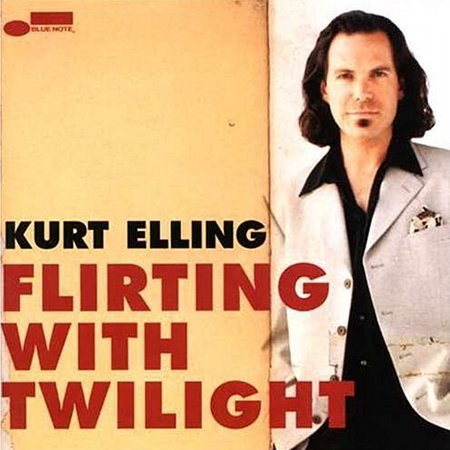
Artist: Kurt Elling
Title: Flirting With Twilight
Year Of Release: 2001
Label: Blue Note
Genre: Vocal Jazz, Post-Bop
Quality: FLAC (image+.cue,log)
Total Time: 1:04:28
Total Size: 368 MB
WebSite: Album Preview
Tracklist:Title: Flirting With Twilight
Year Of Release: 2001
Label: Blue Note
Genre: Vocal Jazz, Post-Bop
Quality: FLAC (image+.cue,log)
Total Time: 1:04:28
Total Size: 368 MB
WebSite: Album Preview
01. Moonlight Serenade [4:22]
02. Detour Ahead [5:35]
03. You Don't Know What Love Is [5:36]
04. Orange Blossoms In Summertime [6:34]
05. Not While I'm Around [6:27]
06. Easy Living [5:23]
07. Lil' Darlin' [5:41]
08. I Get Along Without You Very Well [3:37]
09. Blame It On My Youth [3:27]
10. I'm Thru With Love [4:57]
11. Say It [4:58]
12. While You Are Mine [7:47]
13. Je Tire Ma Reverence [0:04]
I still tell people that making this record may have been the experiential highlight of my career to date.
The experience started with the crafting of the arrangements. Kurt and I worked totally in tandem at first; as always, I wanted to sculpt the arrangements around what he wanted to do. The three-horn configuration was new territory for us, though, presenting extra challenges not just in terms of molding everything to Kurt, but also the desire to achieve a balance between a “classic” sound and modern rhythmic and harmonic shapes. The results demanded, among other things, that the horn players we would use had to be both highly skilled soloists and seasoned section players; the parts are very independent and, with only three, each had to be capable of being very strong and sensitive and yielding at the same time.
As we worked, we both seemed to trust the direction the arrangements were taking. By the time I was doing the last couple of arrangements Kurt was trusting enough to let me work on my own (by that time his hands were officially full with other things.)
Then came the recording itself. What can I say? We had one of the greatest engineers who ever lived in Al Schmitt, we were in Capitol Studio One where Sinatra, Nat Cole, Streisand and many others had laid down legendary tracks. I was not only getting to play with two of my rhythm section heroes, Peter Erskine and Marc Johnson, but, to a great extent--because of the arrangements--I was directing the proceedings. It was a bit dizzying, but on a little break the first day Peter said some very supportive things—he loved the arrangements, our plan of attack, everything was cool.
We tracked for two days with just Kurt and the trio. I may have had my hands full but it didn’t escape me how great Kurt sounded. This record definitely represented the most minimal involvement on his part of anything we’d done but his soaring, gorgeous voice brought light and meaning to everything we were playing.
And then, on the third day, the horns came in to lay down all of their parts in one day. We’d pre-tracked everything except the ballad medley, which had rubato sections and had to be tracked live with everybody.
Up to this point I’d only heard the horn parts in my head and you can’t know how nerve-racking it was to have to wait until that day, afraid that, even though the basic arrangements performed by the rhythm section sounded great, the added horn parts would be full of bad choices, clashing rhythms, downright mistakes and God knows what else.
As the day unfolded I think it’s fair to say that everyone was increasingly excited at what we were hearing. Peter and Marc graciously stayed around in case something in their parts needed attention but it never did. I’ll never forget standing out in the main room, conducting the horns on “Not While I’m Around”, and, looking into the control room, seeing Bill Traut with this huge grin on his face.
It was still a very long day; at about the ten hour point I went up to Bob Sheppard and said, “Hey man, I’m just checking in—I know it’s been a long one but we’ve still got a couple things to do.” He looked at me and said, “Are you kidding? Do you know how often I get to do this? Never! Man, I’m here as long as you want me!” That was cool.
That night we took the roughs back to the corporate housing we were staying in and, after listening for about 5 minutes, I called Kurt in his room and said, “Man, can you believe this?” and we were both just freaking over the phone.
It must also be noted that the experience of returning to L.A. a couple weeks later and mixing with Al was almost as mind-bending as the tracking days. Al’s a magician, that’s all there is to it. I probably learned more making this record than anything else I’ve ever done.
The experience started with the crafting of the arrangements. Kurt and I worked totally in tandem at first; as always, I wanted to sculpt the arrangements around what he wanted to do. The three-horn configuration was new territory for us, though, presenting extra challenges not just in terms of molding everything to Kurt, but also the desire to achieve a balance between a “classic” sound and modern rhythmic and harmonic shapes. The results demanded, among other things, that the horn players we would use had to be both highly skilled soloists and seasoned section players; the parts are very independent and, with only three, each had to be capable of being very strong and sensitive and yielding at the same time.
As we worked, we both seemed to trust the direction the arrangements were taking. By the time I was doing the last couple of arrangements Kurt was trusting enough to let me work on my own (by that time his hands were officially full with other things.)
Then came the recording itself. What can I say? We had one of the greatest engineers who ever lived in Al Schmitt, we were in Capitol Studio One where Sinatra, Nat Cole, Streisand and many others had laid down legendary tracks. I was not only getting to play with two of my rhythm section heroes, Peter Erskine and Marc Johnson, but, to a great extent--because of the arrangements--I was directing the proceedings. It was a bit dizzying, but on a little break the first day Peter said some very supportive things—he loved the arrangements, our plan of attack, everything was cool.
We tracked for two days with just Kurt and the trio. I may have had my hands full but it didn’t escape me how great Kurt sounded. This record definitely represented the most minimal involvement on his part of anything we’d done but his soaring, gorgeous voice brought light and meaning to everything we were playing.
And then, on the third day, the horns came in to lay down all of their parts in one day. We’d pre-tracked everything except the ballad medley, which had rubato sections and had to be tracked live with everybody.
Up to this point I’d only heard the horn parts in my head and you can’t know how nerve-racking it was to have to wait until that day, afraid that, even though the basic arrangements performed by the rhythm section sounded great, the added horn parts would be full of bad choices, clashing rhythms, downright mistakes and God knows what else.
As the day unfolded I think it’s fair to say that everyone was increasingly excited at what we were hearing. Peter and Marc graciously stayed around in case something in their parts needed attention but it never did. I’ll never forget standing out in the main room, conducting the horns on “Not While I’m Around”, and, looking into the control room, seeing Bill Traut with this huge grin on his face.
It was still a very long day; at about the ten hour point I went up to Bob Sheppard and said, “Hey man, I’m just checking in—I know it’s been a long one but we’ve still got a couple things to do.” He looked at me and said, “Are you kidding? Do you know how often I get to do this? Never! Man, I’m here as long as you want me!” That was cool.
That night we took the roughs back to the corporate housing we were staying in and, after listening for about 5 minutes, I called Kurt in his room and said, “Man, can you believe this?” and we were both just freaking over the phone.
It must also be noted that the experience of returning to L.A. a couple weeks later and mixing with Al was almost as mind-bending as the tracking days. Al’s a magician, that’s all there is to it. I probably learned more making this record than anything else I’ve ever done.
